Noisy miners are a well-known native bird that have not only adapted to city-living but have benefitted from it. Here’s why they thrive and some tips to manage them.
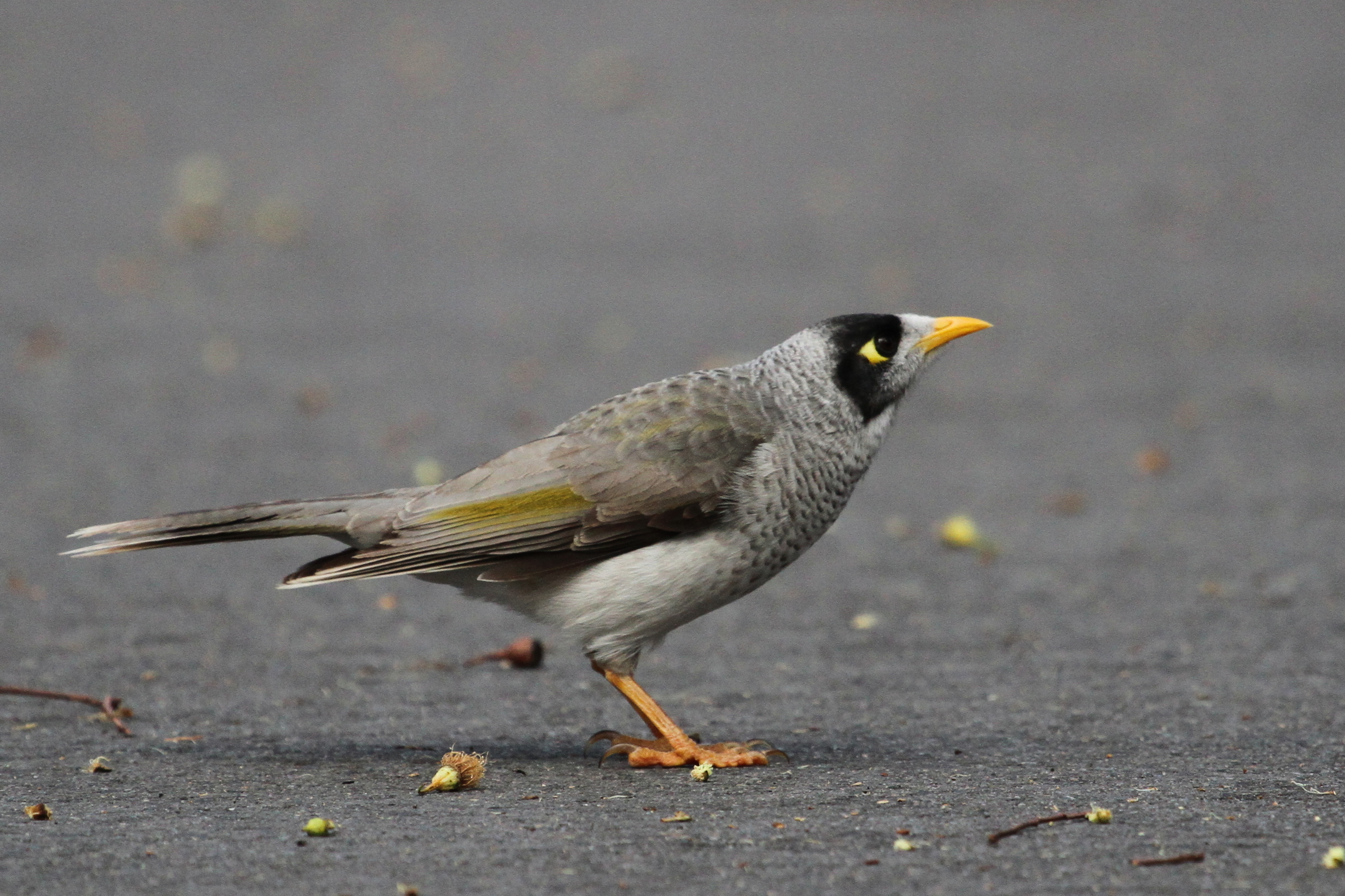
Noisy miners (Manorina melanocephala) are a native species and play a role in a healthy, balanced environment. But, the odds have definitely been tipped in their favour, and their populations are thriving across metropolitan Adelaide.
Animals are part of life anywhere you go and understanding them gives us the best chance of living harmoniously with them.
Why are there so many noisy miners in my area?
The birds you see in your garden – and around your suburb – are determined by the habitat around (what they can eat and where they can shelter).
Noisy miners’ natural habitat is woodlands and open forests. While they’re not new to this area or South Australia in general, changes to the environment have created a prime space for noisy miners. They love wide open spaces with big trees that allow them to look out over their kingdom and chase away any potential and sometime harmless enemies like smaller native birds, magpies, your dog – or you.
Nectar-rich garden plants and trash harbouring food scraps have also made finding food easier for these birds, helping their population increase.
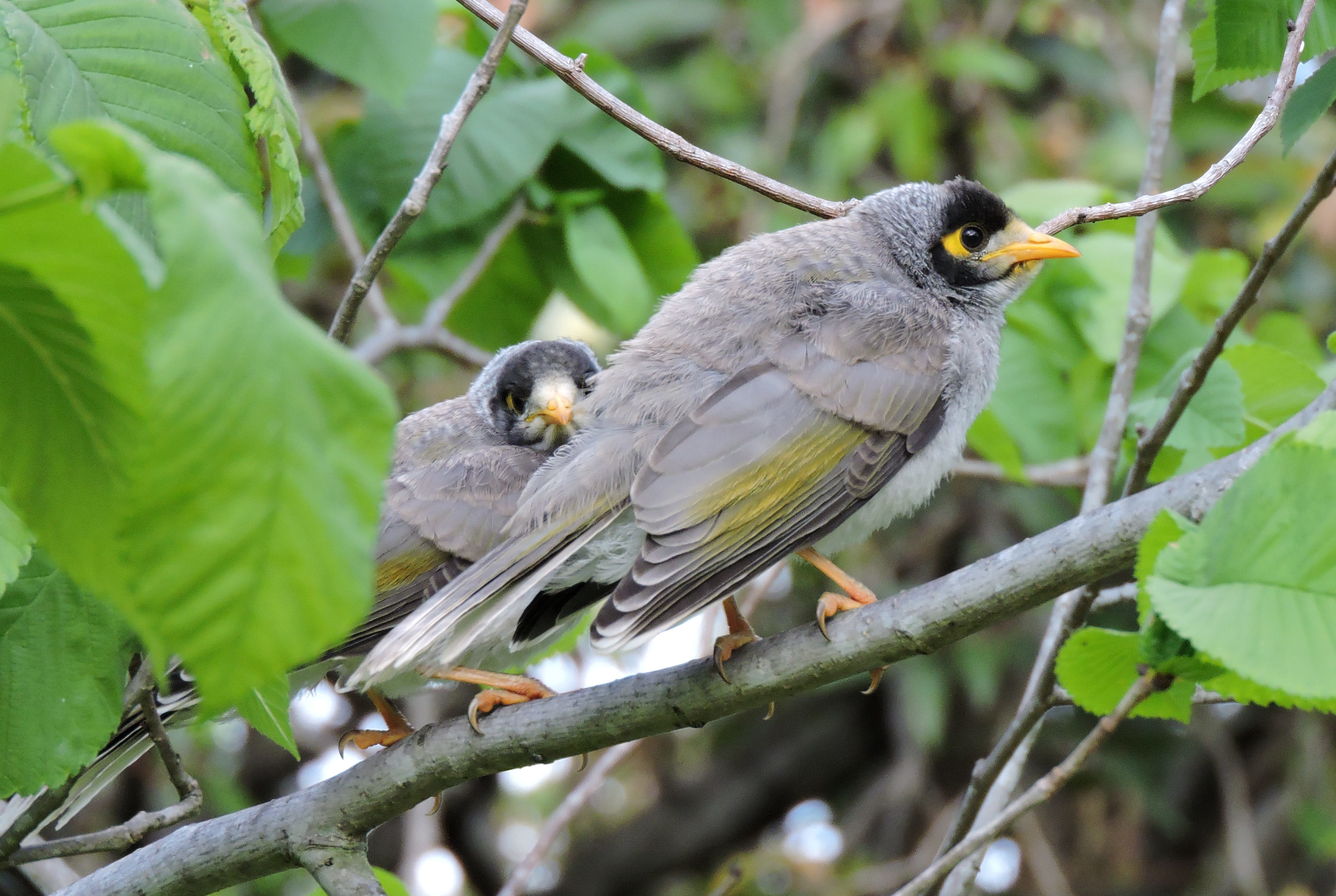
How do I reduce the impacts of noisy miners?
As a native species in South Australia, noisy miners are protected under the National Parks and Wildlife Act 1972. That means it is illegal to kill or harm them without a permit. Notably, research investigating the benefits of destroying noisy miners to manage their impact has found mixed success.
But, we all appreciate and want diversity in our backyards. So, if you’d like to see less noisy miners, and give other native birds a better chance to thrive, the way to do this is to change what you’ve got on offer in terms of habitat.
To do this, you’ll need to add native plants of different heights to your garden. Start with groundcovers, small- and medium-sized shrubs and add then a few trees to help encourage other native birds like silvereyes, superb fairy-wrens and magpie-larks.
Try to limit how many nectar-rich species you plant, as nectar, fruit and insects are noisy miners’ favourite foods. Creating a garden that is brimming with plants will also help achieve the opposite of the open habitats that noisy miners love. Also, don’t feed wildlife or leave out food for any other wild animals. Feeding wildlife can give the more adaptable species (like miner birds) an advantage over those that have a strict diet.
Is it actually a noisy miner?
Did you know that noisy miners are sometimes confused with Indian mynas (Acridotheres tristis)?
Indian mynas are an introduced pest species to Australia. They are from south-east Asia and were introduced to Australia in the 1860s. It was hoped that they would tackle pest insects, but they became the pests – they spread weeds, bully native birds out of tree hollows, and will even eat the eggs and young of our native species.
A key difference to notice between the species is their colouring – the Indian myna has a brown body with a black-brown head, whereas the noisy miner is largely grey with a black head. Their beaks are also slightly different – the Indian myna’s is quite bright yellow and the noisy miner’s is more of an orange-yellow.
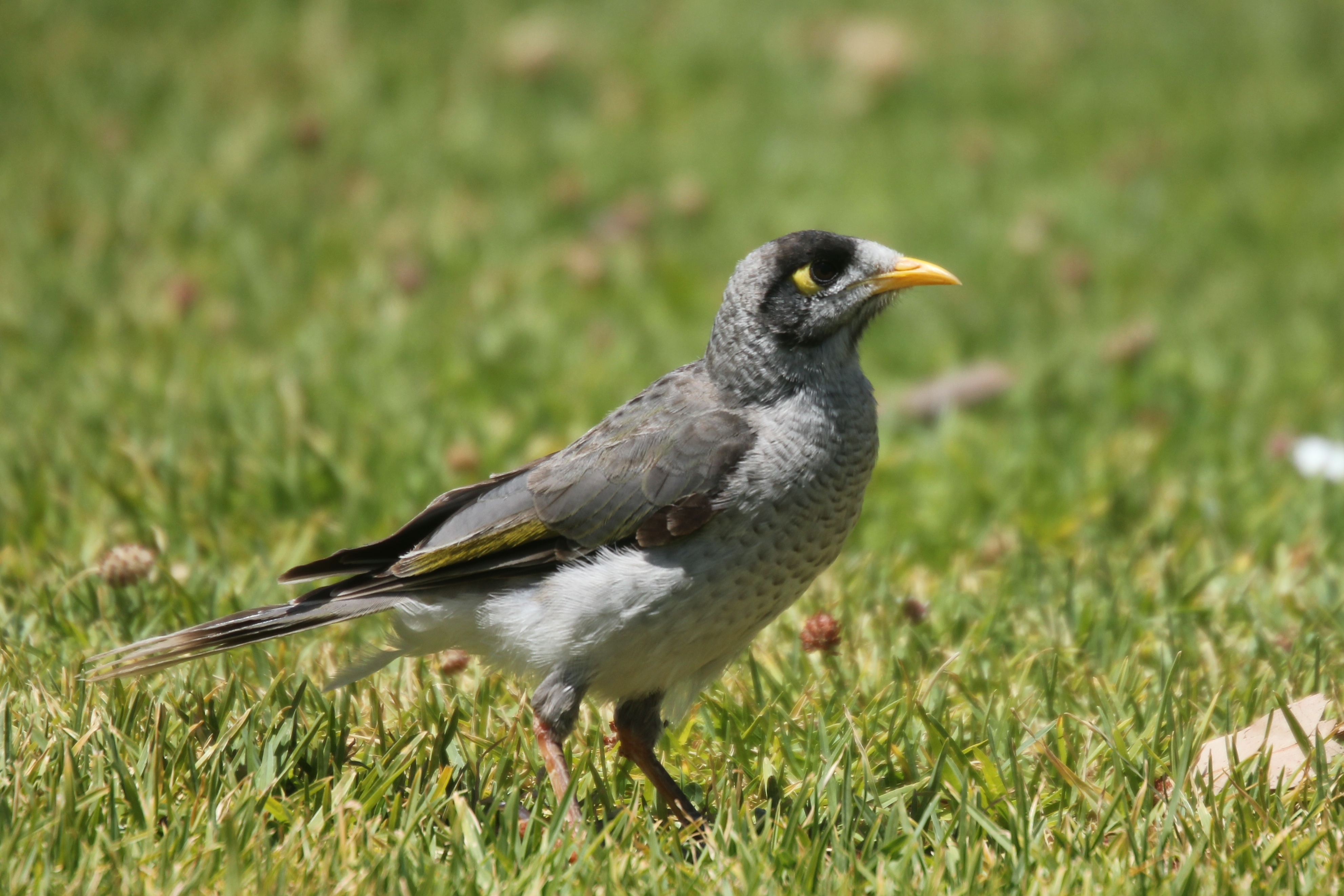
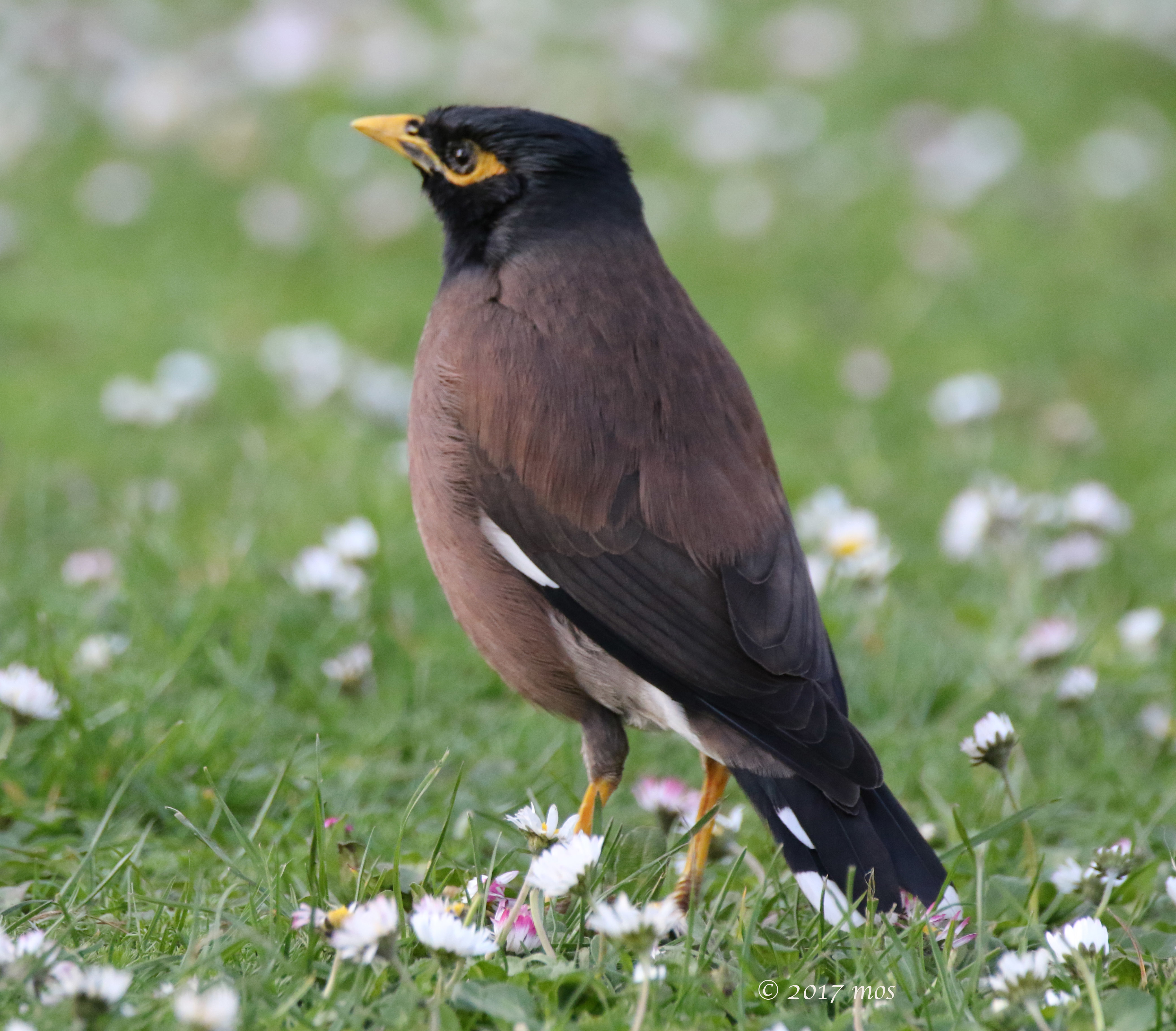
While Indian mynas are now well established in other states, sightings of them in SA are rare so we are keeping a close-eye on the species here. If you spot one, report it to the National Pest Alert Hotline on 1800 084 881 – even if you’re not totally sure.
Why do noisy miners swoop?
Noisy miners are one of the very few bird species in Adelaide that will show aggression towards humans when trying to raise a family.
While it’s only natural for birds to want to protect their young during breeding season in spring, it’s hard to deny that noisy miners can be a bit of a pain year-round too. This is because they’re a territorial bird – not only will they defend their home but their food too – and swooping is a pretty common way to scare off a perceived threat. This doesn’t just apply to humans! Noisy miners will also swoop or chase other birds – even those that are bigger than them.
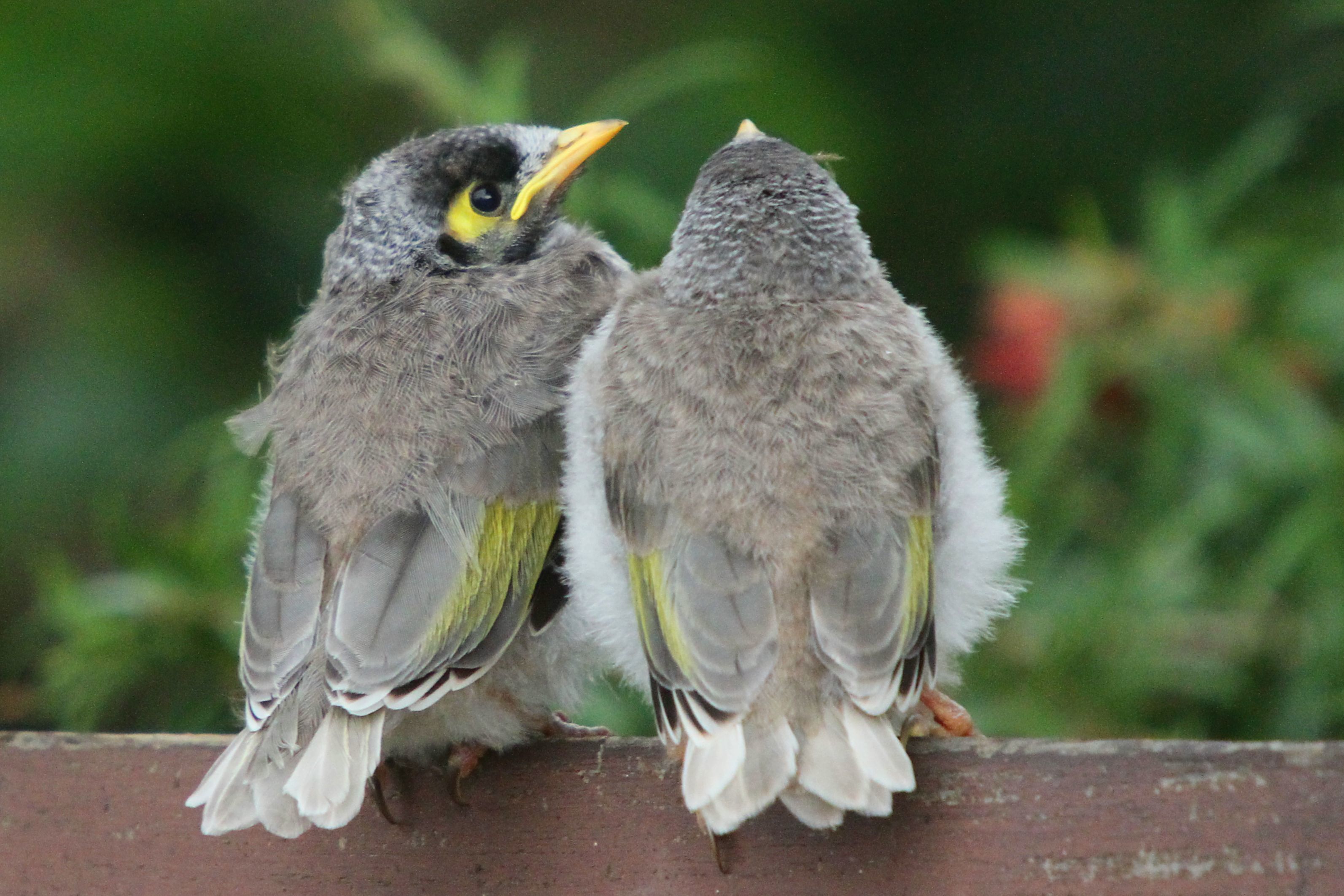
You can help
Creating a wilder Adelaide means a stronger connection between people, water, land, plants and animals. Wilding is about restoring nature and creating a balance – in this case, giving less abundant bird species a leg up.
Discover native plants suitable for your yard in the Adelaide and coastal gardens planting guides BUT remember that creating a garden that doesn’t just attract noisy miners means using layers, dense plantings and limiting nectar-rich plants.